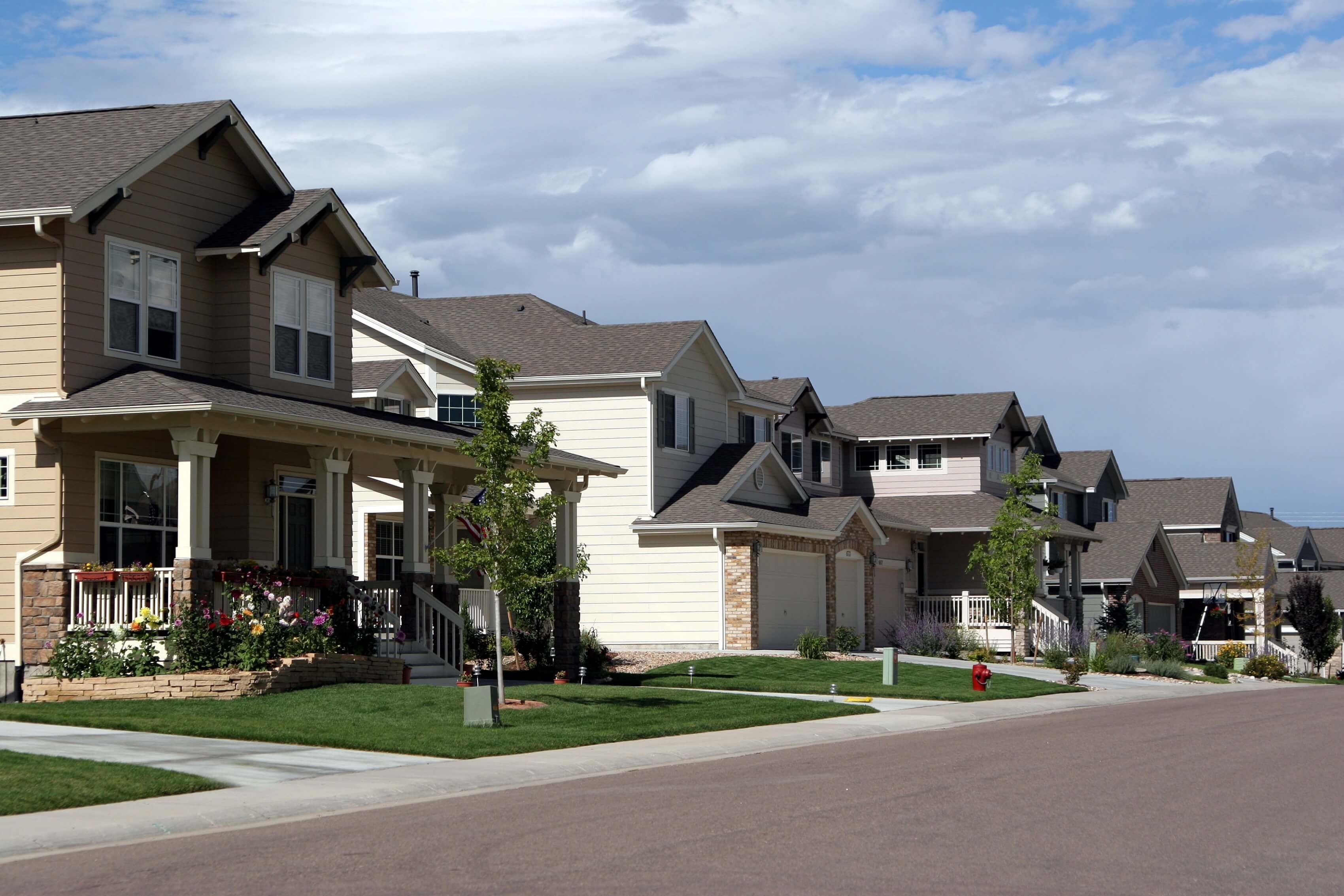Categories
Colorado Mountain Living, First-time homebuyersPublished September 2, 2025
What Homebuyers Should Know About Living at Altitude in Colorado

Moving to Colorado means embracing breathtaking views, fresh mountain air, and a lifestyle that blends adventure with tranquility. But if you’re buying a home in the foothills or higher elevations, there are some unique considerations to keep in mind. Living at altitude is different from living on the Front Range or at sea level, so understanding those differences up front can save you stress, money, and even some surprises down the road.
As someone who calls the Denver Foothills home, I enjoy helping clients navigate not only the financing process but also the practical realities of mountain living. Here are the top things every homebuyer should know about living at altitude in Colorado.
1. HVAC Systems
At higher elevations, summers are milder than in Denver or other lower areas, so central air conditioning often isn’t necessary. Some homeowners use window or portable units for the warmest days, but many go without entirely.
Heating, however, is non-negotiable. Winters are colder, and even at elevations around 7,000 feet, temperatures can swing dramatically from day to night. That makes it important to know the age and condition of the furnace or boiler, consider whether an energy-efficient system could help reduce heating costs, and ask if the home has secondary heat sources such as a wood-burning or gas stove. During your inspection, it’s worth having the HVAC system checked thoroughly, not just for comfort, but also for safety.
2. Insulation and Energy Efficiency
Mountain homes need to hold heat in the winter while staying cool in summer, which means insulation and windows play a major role. When viewing properties, pay attention to whether the attic and walls are properly insulated and whether the windows are double- or triple-pane. The quality of the roof also matters, since heavy snow is common, and it needs to be built to handle it. Even if the insulation or windows are outdated, that doesn’t have to be a deal-breaker, but it’s smart to factor those upgrades into your budget.
3. Home Inspections
At altitude, a standard home inspection may not cover everything. You’ll want to ensure your inspector has experience with mountain properties. In addition to the usual checklist, it’s wise to test for radon gas since Colorado has naturally high levels, especially in basements.
If the property relies on a septic or well system, its condition and maintenance history should be evaluated carefully. Even the driveway and access roads deserve attention, since steep or unpaved routes can become icy or treacherous in the winter.
Roof design is another key factor. Low-pitched roofs can cause problems under heavy snow loads. An inspector who understands these altitude-specific issues can save you from costly surprises later.
4. Water and Plumbing Considerations
Water behaves differently at elevation. Lower air pressure boils at a lower temperature, which can affect appliances and systems in the home. If the property has a well, it’s important to know about water quality, the depth and capacity of the well, and whether the pump has been maintained or replaced recently. If the home is connected to municipal water, that eliminates one concern, but sewer access may still be limited. Septic systems are common in mountain properties, and they require regular maintenance and occasional pumping, so you’ll want your inspector to provide a clear picture of their condition.
5. Everyday Lifestyle Adjustments
Beyond the structure of the home itself, living at altitude comes with daily adjustments. Snow removal is a fact of life, and you’ll want to have a plan for plowing, shoveling, or hiring help during the winter months. The sun’s UV rays are stronger at higher elevations, which means your roof, siding, and deck may wear faster than you’d expect.
Wildlife is part of mountain living. It’s not unusual to see deer, elk, or even the occasional bear in your yard, which makes secure trash storage and wildlife-proofing a must. These details aren’t drawbacks so much as part of what makes mountain life unique, and preparing for them ensures you enjoy the experience fully.
6. Why Local Expertise Matters
Buying a home at altitude isn’t quite the same as buying in the suburbs. From understanding how wells and septic systems work to knowing which neighborhoods are plowed first after a snowstorm, local expertise makes all the difference. My priority is transparency. I’ll walk you through the unique aspects of mountain homes so you can make confident, informed decisions. Whether that means explaining radon testing, connecting you with trusted inspectors, or simply sharing what I’ve learned living at 7,500 feet myself, I’m here to guide you every step of the way.
Living at altitude in Colorado offers an incredible lifestyle, quiet mornings with mountain views, crisp air, and access to trails right outside your door. But it also requires a bit more preparation and awareness than living at lower elevations. By focusing on HVAC systems, insulation, inspections, and the unique realities of mountain living, you’ll set yourself up for success and comfort in your new home.
If you’re considering a move to the foothills or beyond, I’d love to help you explore what makes each community special and make sure your home fits your needs both practically and personally. Let’s connect!






